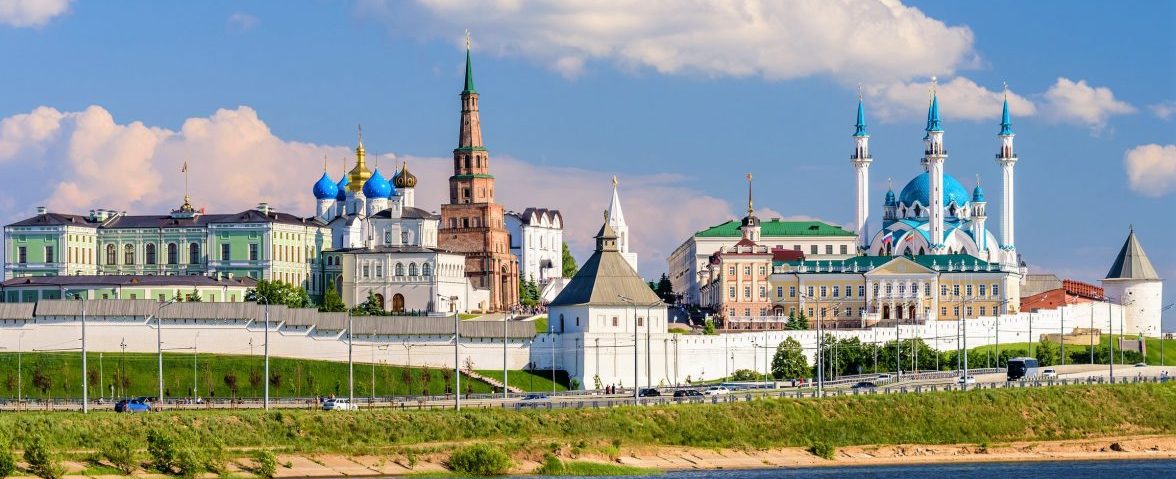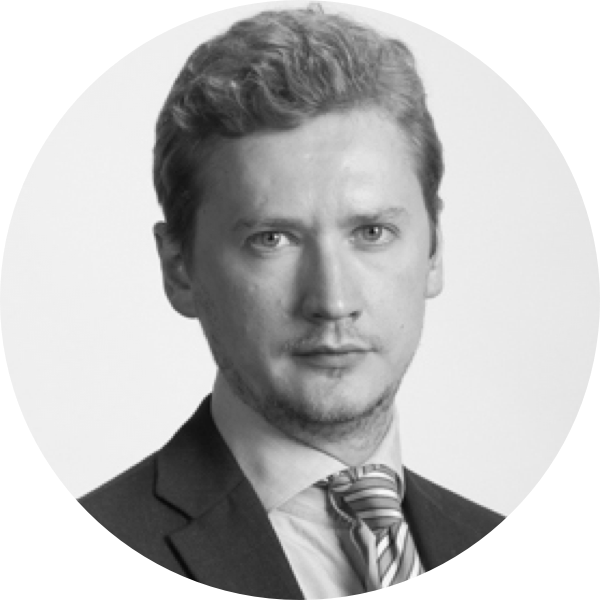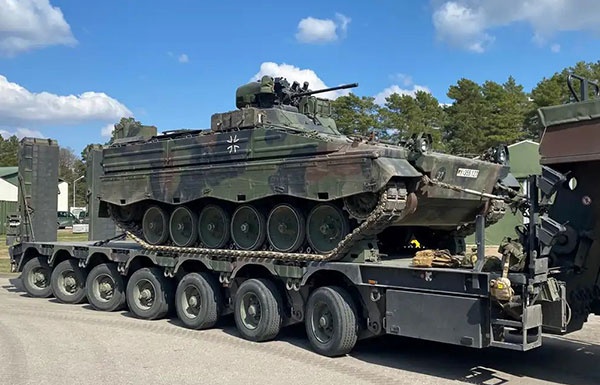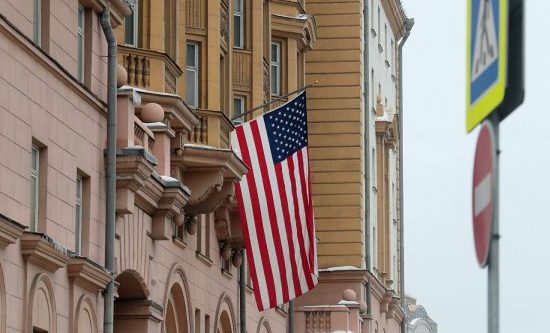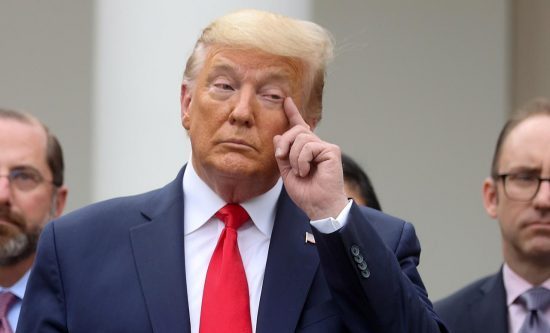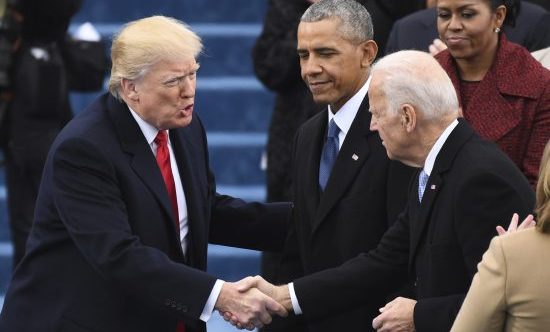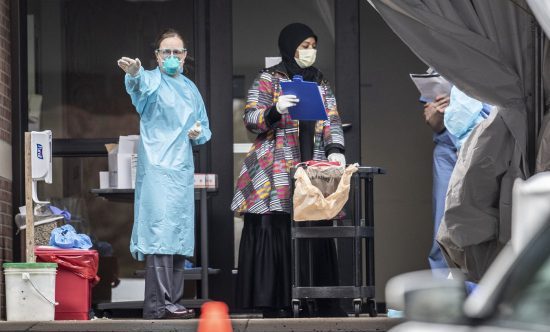Every year, as the new semester starts, I ask my students a question – how do you identify yourselves – as Europeans, Eurasians or people of the East? Ten years ago, the students replied without hesitation that they were Europeans, but now the pause becomes increasingly longer. Next, I ask them to recall how they felt after visiting Vladivostok – if that city was European or Eastern? Without a doubt, it is a European city on the Pacific Ocean; once you cross the border with North Korea or China, you find yourself in Asia.
Nevertheless, Russia – a predominantly Slavic and Christian state that has formed on the vast expanse of Eurasia – does not feel at home in Europe. Russia’s “specialty” is a challenge to Russia’s identity, international strategy and domestic politics. However, the current re-balancing of its strategic priorities towards Eurasia should downplay all three questions and create new opportunities for development.
Russia as a statehood experiment has existed for three centuries within its current borders. By the time Peter the Great came to power, when Vasily Poyarkov’s Cossacks reached the Pacific Ocean, its territory was about the same as now, except the North Caucasus and the Khabarovsk Territory. For the past three centuries, this huge territory has been a major problem for Russia. Even now, this huge area remains a much bigger challenge than economic sanctions or the Ukraine crisis. Imagine how much it costs to maintain the same standard of living, of security, and infrastructure – road paving, power supply, mobile services, and firefighting – let alone medicine and education – in difficult climates in 11 time zones from Magadan to Kaliningrad, from Murmansk to Makhachkala, from Orenburg to Norilsk. Russia has developed public administration practices and policies that have few precedents elsewhere in the world: the Northern Supply Haul program to deliver goods to northern areas using icebreakers, , subsidized continental passenger transport, a special ministry for the affairs of the Far East, and another one to deal with emergency situations. To some extent, Russia had to retain certain features of a planned economy.
Russia’s vastness is the result of one distinctive feature of central Eurasia – its demographic vacuum. By the time Russian explorers reached the Pacific Ocean, its population was about 7 million, while the population density was one of the lowest in the world. It is still low compared with European countries: about nine people per square kilometer in Russia, 270 in the UK, 225 in Germany. Try to estimate how much nine peasants working on one hectare of land can produce in a northern climate, and how much 225 people can produce in the much warmer climate of Western Europe. Russia has always been a northern country with a difficult climate, permeable borders, and fragile infrastructure and transport connectivity. Under these circumstances, manufactured goods are difficult to produce, and social change is slow. This has led to the development of a system described as economics of mobilization.
What opportunities can Eurasia provide for Russia’s international strategy? The Eurasian continent is far less homogeneous than Europe. In Eurasia, Moscow is not confronted with a line of American allies as in the European Union. In Eurasia, even US allies like Japan or Korea find issues for confrontation with each other. In Eurasia, the potential and the balance of forces are much more relevant –and it is in Eurasia, not in Europe, that the strategic experience Russia has gained over the past three centuries as the largest state on the continent now enjoys demand. Its rich experience in war has taught the Russian elite to be skilled not only in warfare, but also in diplomacy, because every war inevitably ends in negotiation.
In Eurasia, there are more strategically autonomous players than in Europe, including among American allies such as Turkey. We can also see a greater number of lines of confrontation between them than in Europe. US allies in Eurasia are even rivals like the Arabs and Israelis, and Turks and Kurds. In Eurasia, there is a demand for mediation and for military capacity. All those are the strengths of Russia’s strategy, and Moscow is confidently becoming a sought-after moderator of regional processes.
In February 2020, the Valdai Club held its 9th Middle East conference. It is amazing how the conference has evolved over time, from protocol rhetoric and a statement of position to an open discussion of sensitive issues in regional politics. The parties to the Libyan civil conflict discuss their disagreements in Moscow, a pretty revealing circumstance.
So does Russia’s turn to Eurasia mean scrapping its European strategy? What is happening is actually a consequence of a long-term trend, and is in some ways a natural consequence. Russia’s vastness prevents it from finding its place as in a geographically limited and internally homogeneous Europe. Russia is big enough for several European unions to fit inside. It is difficult for Europeans to realize that if Russia were part of the West, they would have to deal with Russian-North Korean border problems, Afghan drug trafficking in Siberia and stability in the South Caucasus. The security environments in which Europe and Russia operate are fundamentally different. Each has its own valid reasons – not speculative reasons – to be absorbed in dealing with its own problems, and their perspectives are unlikely to ever move closer.
Eurasia will remain a key point of interest for Russia in the 21st century. The current state of affairs on the continent is best described as “every man for himself.” This situation is comfortable for Russia, which seeks to be strategically independent, regardless of how things will go in the East or the West.
Original publication valdaiclub.com




